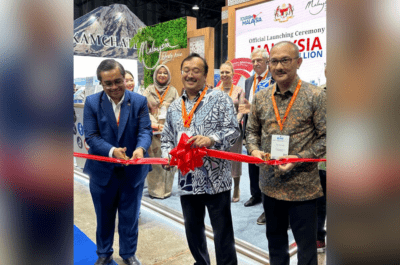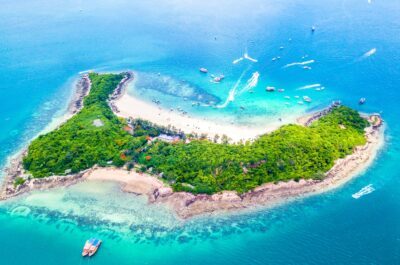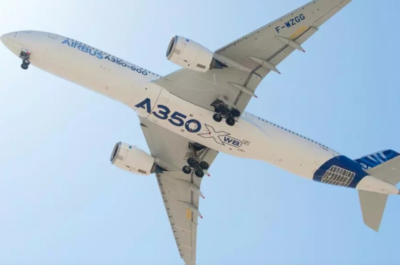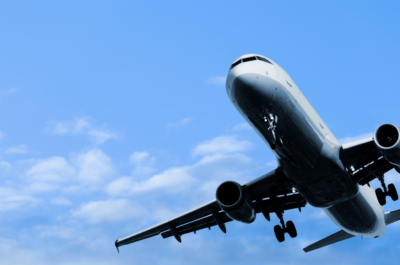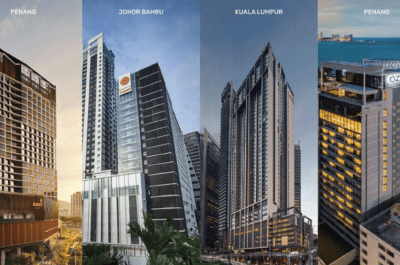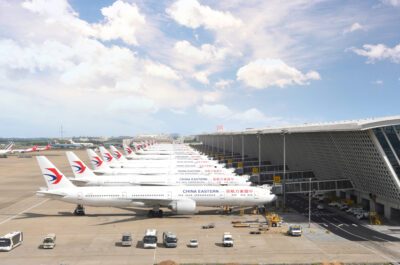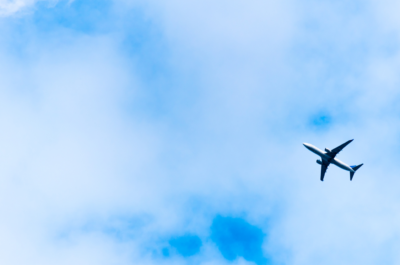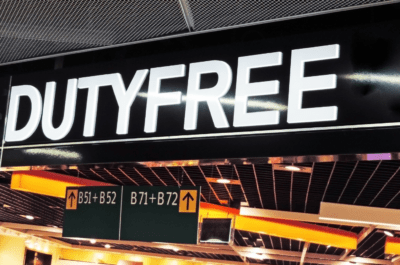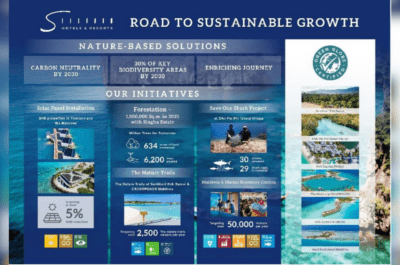In 2016, China registered a 13 per cent increase in outbound trips – city trips and Sun&Beach holidays are becoming more and more important – trips to Europe declined – ITB Berlin and IPK International analyse outbound travel behaviour of the Chinese.
BERLIN – In 2016, while international travel grew by about four per cent, China registered a growth rate of 13 per cent, further consolidating its position as one of the world’s most important source markets for international travel. Thus, China exceeded the Asian/Pacific average outbound growth rate, which was at nearly nine per cent in 2016. These are the results of a special analysis by the World Travel Monitor®, conducted by IPK International and commissioned by ITB Berlin.
Decline in trips to Europe in 2016
In 2016, the Chinese went on 51.2 million international trips with overnights, not including trips to Macau and Hong Kong. Compared to the previous year, that amounts to an additional six million trips and an increase of 13 per cent. China also strengthened its position as the world’s fourth-largest source market behind Germany, the USA and the UK, while further distancing fifth-placed France. Around three out of four outbound trips from China are to destinations within Asia/Pacific, with the Top-5 destinations being within the region, such as South Korea and Thailand. The USA is China’s sixth most popular destination, to which some 2.8 million trips have been made in 2016. The most preferred European destinations are Germany, Spain, France, Switzerland and Austria. However, following seven years of consecutive growth, Chinese trips to Europe declined by four per cent in 2016 compared to the previous year, resulting in a total of 16 per cent of all Chinese outbound trips going to Europe. Nevertheless, first trends for 2017 indicate a positive development again regarding Chinese trips to Europe.
City trips and Sun&Beach holidays are gaining ground
Holidays are the reason for over 80 per cent of Chinese outbound trips. Above all, holiday trips only (without visiting friends or relatives) have a significantly higher share among Chinese travellers (72 per cent) compared to the global average of 57 per cent. For some years, the most popular type of holiday has been round trips, whereas city trips as well as Sun&Beach holidays have been catching up recently. Even though the share of business trips in 2016 was rather small (15 per cent), the number grew by 22 per cent compared to 2015, while holiday trips increased by 11 per cent. Moreover, the average length of stay abroad was nearly 6 nights, which represents a slight increase compared to the previous year, while spending per night remained at the same level.
Preference for first class hotels and above average travel agency bookings
Around 75 per cent of Chinese outbound travellers chose to stay in hotels. Four and five star hotels were the preferred categories, accounting for 52 per cent of accommodation on all trips. Thus, also regarding the accommodation choice, the Chinese differ widely from the global average, which in respect to luxury hotels stands at only 39 per cent. For the Chinese, planes are the preferred means of transportation, making up for over 80 per cent. This figure is also significantly higher than the global average of around 60 per cent.
When it comes to information sources used prior going on an outbound trip, 88 per cent of Chinese travellers use the internet, which is only slightly higher than the worldwide average of 81 per cent. However, while worldwide, around one in three travellers seek for information through a travel agency, Chinese exhibit a much higher share of nearly 70 per cent. This also applies to travel agency bookings. Globally, around 30 per cent book their outbound trip through a travel agency, while almost 50 per cent of Chinese do so.
Theodore is the Co-Founder and Managing Editor of TravelDailyNews Media Network; his responsibilities include business development and planning for TravelDailyNews long-term opportunities.



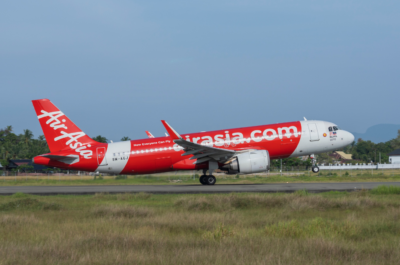








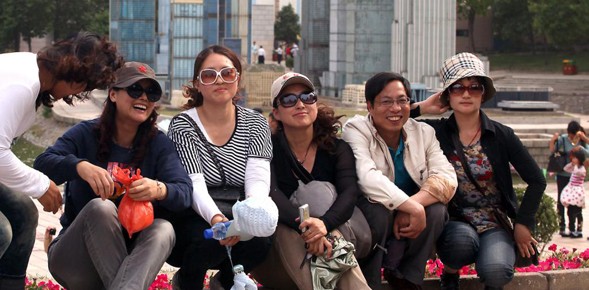





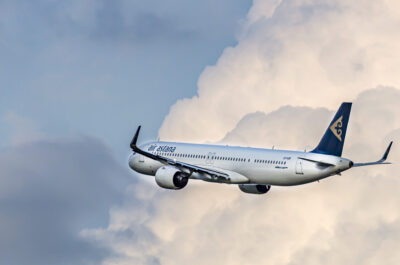

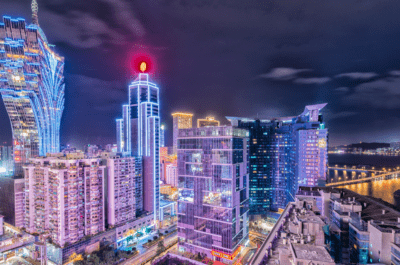
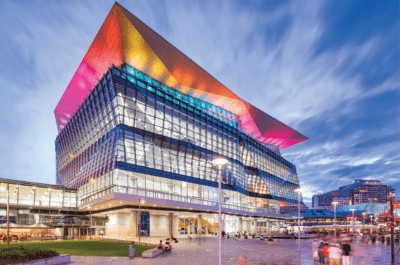



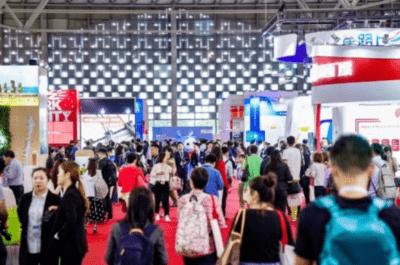


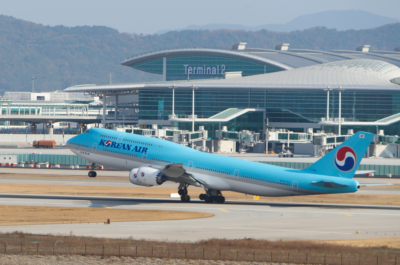



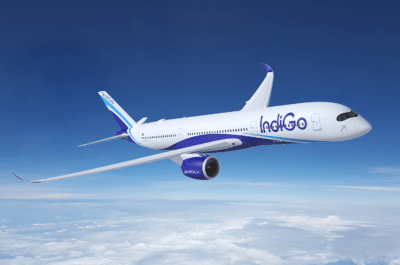



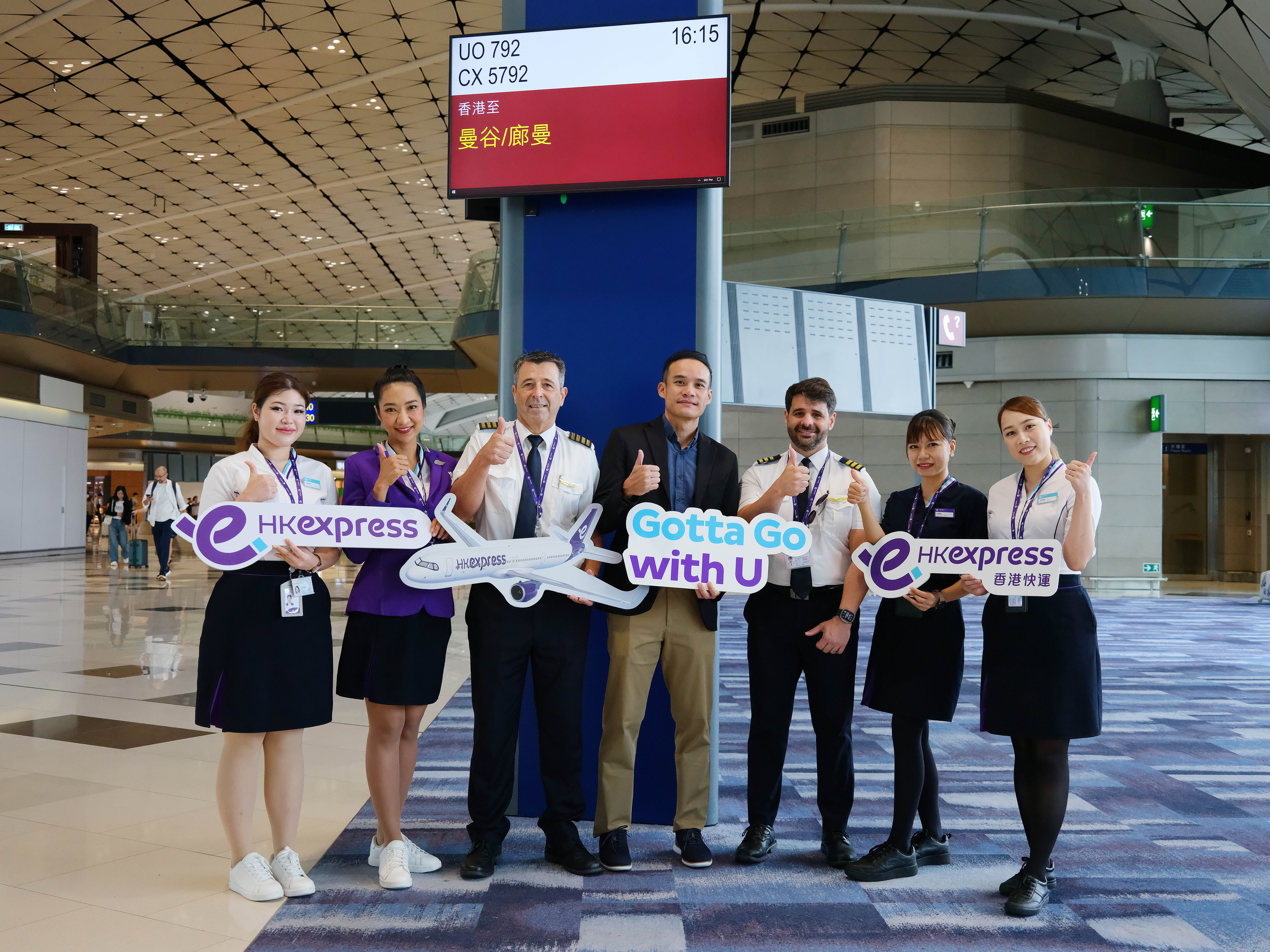


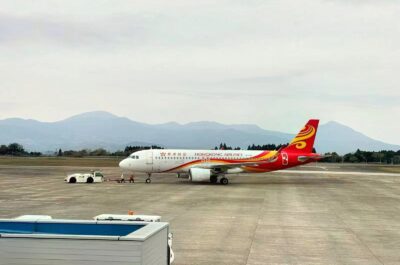




![[PR] PR_Ascott and Vimut Hospital_2024](https://www.traveldailynews.asia/wp-content/uploads/2024/04/PR-PR_Ascott-and-Vimut-Hospital_2024-400x265.jpg)
